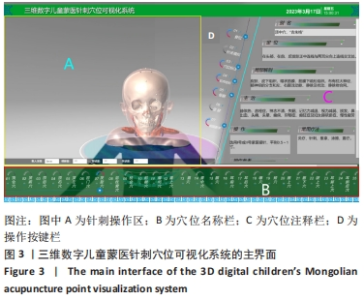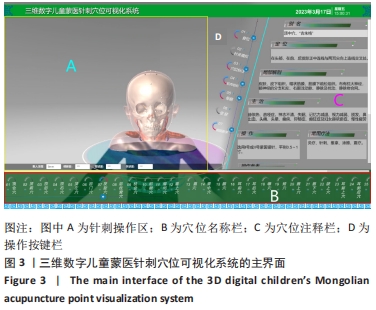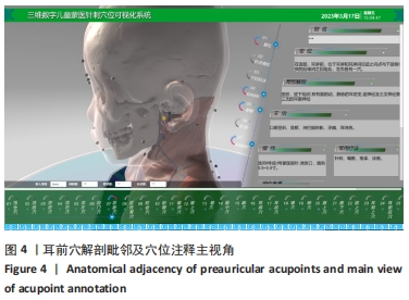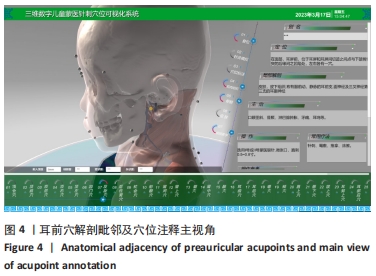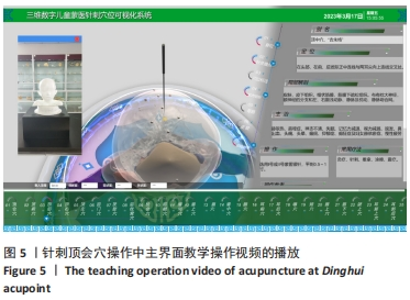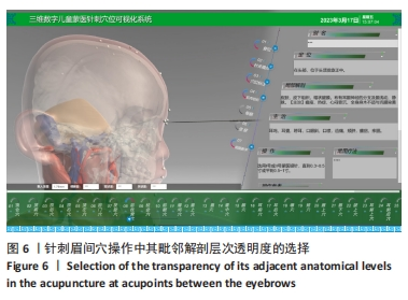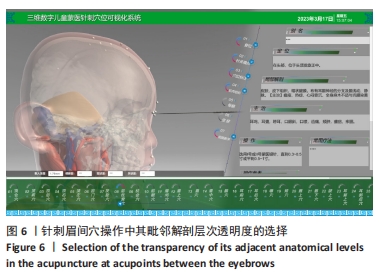Chinese Journal of Tissue Engineering Research ›› 2024, Vol. 28 ›› Issue (20): 3223-3228.doi: 10.12307/2024.389
Previous Articles Next Articles
Development of a three-dimensional digital children’s acupuncture point visualization system of Mongolian medicine
Liu Yuhang1, Sun Ruifen2, Mu Rigen Jiya3, Wang Xing4, 5, Li Zhijun4, Liu Yanan1, Hao Yunteng1, Cai Yongqiang5, Zhang Shaojie4, 5, Li Kun4, 5
- 1Graduate School of Inner Mongolia Medical University, Hohhot 010000, Inner Mongolia Autonomous Region, China; 2Imaging Center, Second Affiliated Hospital of Inner Mongolia Medical University, Hohhot 010000, Inner Mongolia Autonomous Region, China; 3School of Mongolian Medicine, Inner Mongolia Medical University, Hohhot 010020, Inner Mongolia Autonomous Region, China; 4Department of Anatomy, School of Basic Medicine, Inner Mongolia Medical University, Hohhot 010110, Inner Mongolia Autonomous Region, China; 5Digital Medical Center of Inner Mongolia Medical University, Hohhot 010059, Inner Mongolia Autonomous Region, China
